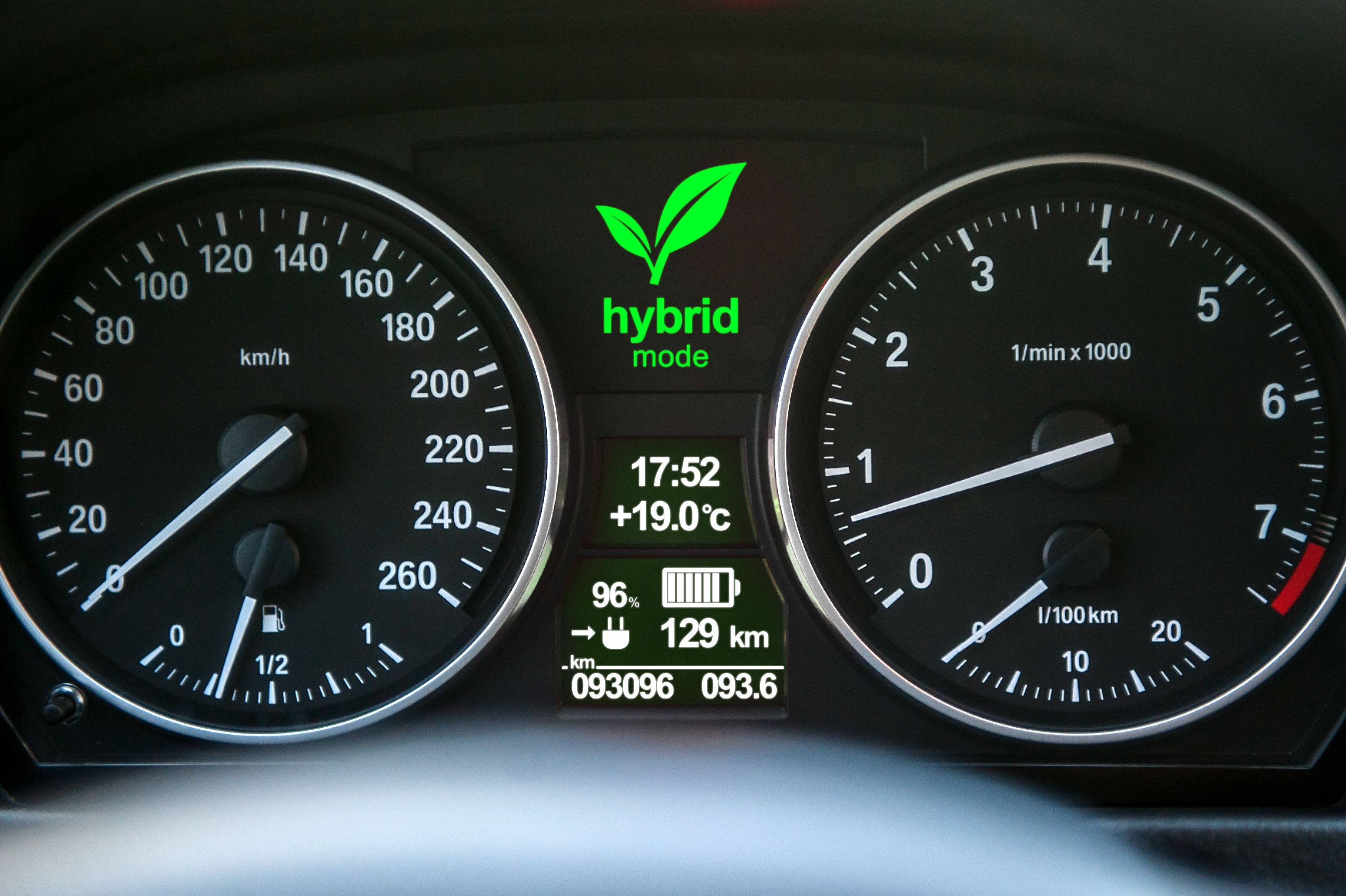Key Takeaways
- ISA systems can be passive or active, alerting or physically limiting speed to prevent exceeding the speed limit.
- Some countries, like the EU, are mandating ISA in new cars, with the US following suit in some states.
- Despite its popularity and potential safety benefits, the long-term effectiveness of ISA systems is still being studied.
How would you feel if your car couldn’t exceed the speed limit? There is plenty of debate about intelligent speed assistance (ISA) and its implications on the open road, but you should expect it to become a standard safety feature that’s mandated by law sometime soon.
What Is Anti-Speeding Technology?
There are two forms of ISA anti-speeding technology, active and passive.
You’ve likely encountered a passive ISA, as many modern come equipped with it already. These systems produce audible noises, visual warnings, and steering wheel vibrations when the car surpasses the speed limit by a certain amount, usually somewhere between 5-10 MPH.
Then there are active speeding systems, which are a bit more controversial because, on top of the alerts, they apply a physical force to the gas pedal, making it harder to accelerate when you go above the speed limit. Some active ISAs even go as far as to cap acceleration, meaning a driver can’t exceed the speed limit even if they try.
These systems work via cameras or sensors. Camera-operated ISA scans the roads for any speed limit signage, the car reads the information, and the anti-speeding mechanism springs into action. GPS sensors, however, link to navigation databases with speed information to determine the legal speed limit.
Do Cars Use Anti-Speeding Technology Already?
Well, yes and no. Many modern cars have automated alerts, but many GPS systems are limited and only work on major highways.
However, the most fascinating thing about ISA isn’t whether manufacturers will put it in cars, but if they are legally required to do so, which depends on where you live. As of 2022, the European Union passed laws that require all cars manufactured there to have ISA. However, the EU laws only mandate that cars manufactured after 2024 include passive systems, and drivers aren’t required to use them and can turn them off if desired.
In the US, Washington DC legislators passed a law requiring the installation of ISA for repeat speeding offenders. Likewise, California just approved similar legislation, but it also states that all cars manufactured and sold in the state will have ISA by 2032.
Does Anti-Speeding Technology Work?
Now, the important question: Is it going to happen everywhere? Of course, the answer is “We’ll see,” but it’s most likely a yes, and for two reasons. First, it’s popular among drivers, as about 60% of drivers say they would want some form of audio/visual warning when exceeding the speed limit. Furthermore, 50% approve of more active measures like accelerator feedback. Secondly, it seems like it could significantly reduce traffic accidents.
The National Transportation Safety Board has been pushing for mandated ISA systems for years, as speeding contributes to about 33% of all traffic fatalities. On a basic level, the assumption is that ISA will bring down fatalities and injuries caused by speeding; the European Transport Safety Council estimates anywhere from 20-30%. However, there aren’t many long-term studies on the actual effectiveness of the technology, given the laws are recent.
Try It Out For Yourself
It’s likely you don’t live somewhere that mandates ISA, but that doesn’t mean you can’t give it a shot. A lot of cars from about 2015 onward have ISA features built-in, they just might not be activated. Try looking in your car manual and see if it’s an option. It could save you from your next speeding ticket.





